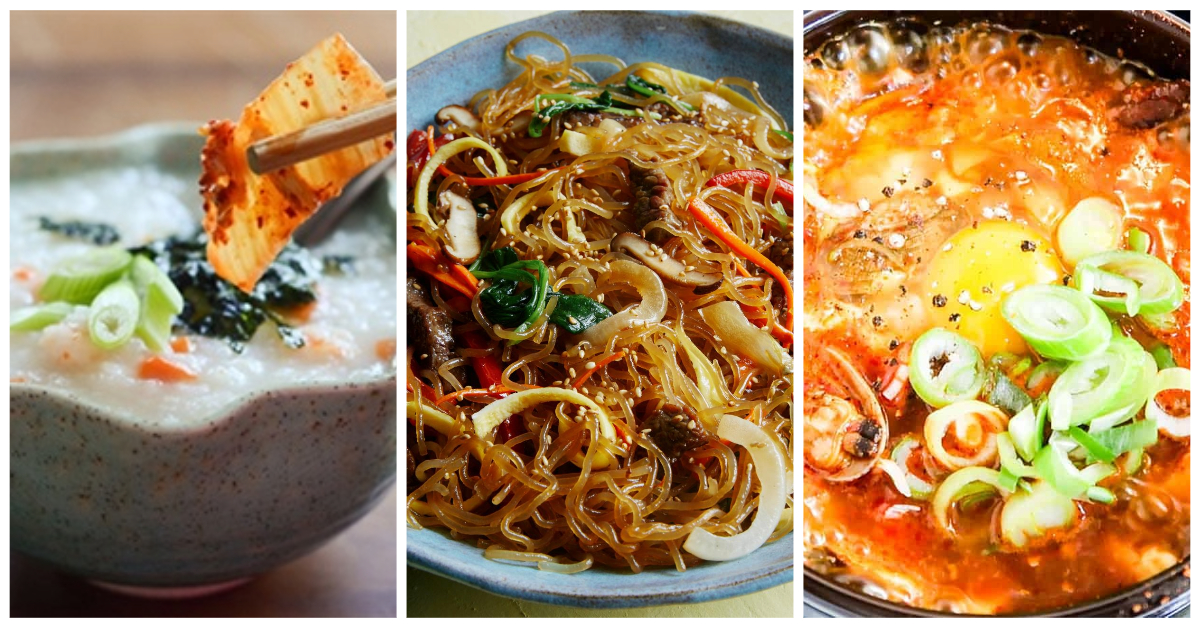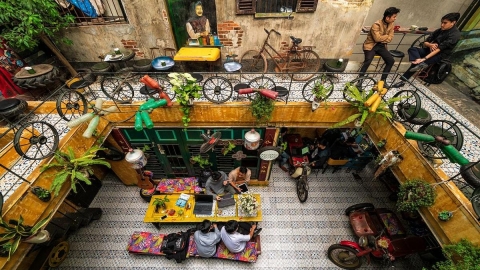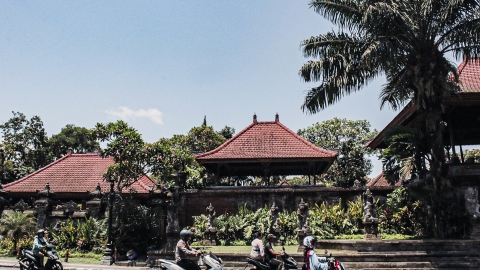Japchae
Japchae has long been an indispensable dish in family gatherings in Korea, especially during the Mid-Autumn Festival. In the past, japchae was a royal dish, reserved for the king. The basic ingredients to make japchae are quite simple, including glass noodles, seasonal vegetables and meat. The main indispensable spices for this dish are soy sauce, chili, sesame seeds and especially the flavor of sesame oil. Japchae can be eaten hot or cold, depending on personal preference.
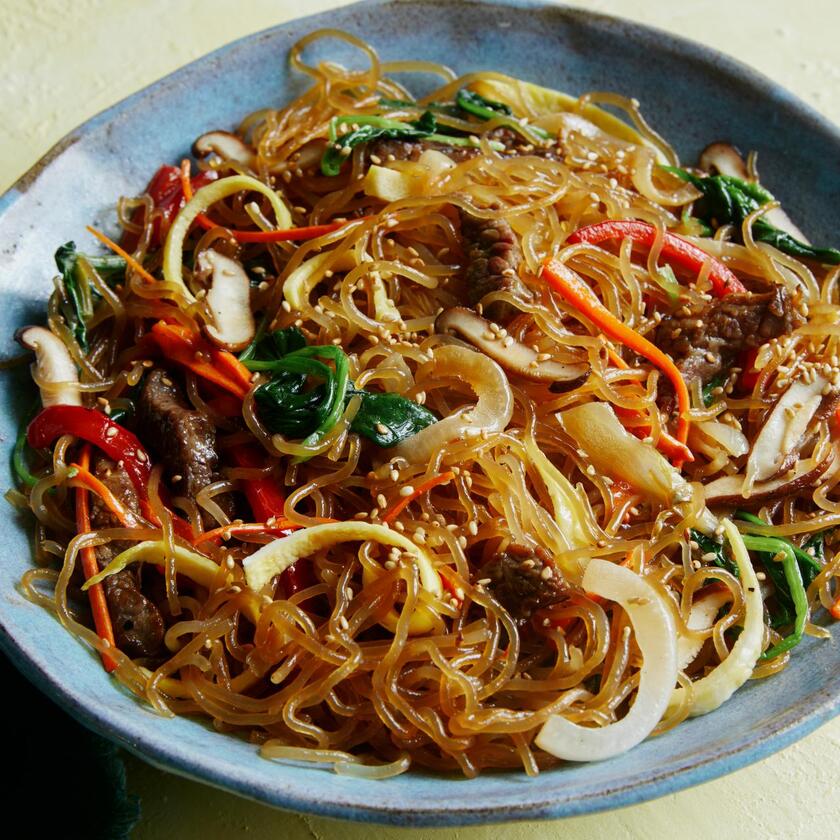
Japchae can be eaten hot or cold, depending on personal preference.
Jeungpyeon
Among the Korean autumn specialties, Jeungpyeon is considered the most famous dish. In addition to drinking rice wine, the people of Kimchi also create a delicious rice wine cake called Jeungpyeon. Surely, after trying it once, you will not be able to forget the special flavor of this cake. Besides famous dishes such as kimchi, kimbap, or familiar mixed rice dishes, rice wine cake is also a Korean specialty dish often enjoyed in the fall.
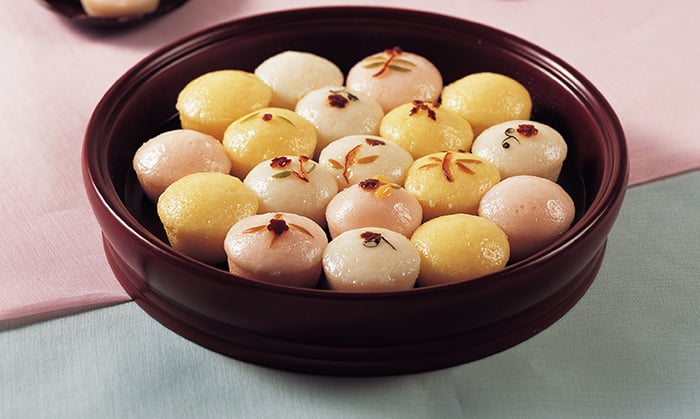
Among Korean autumn specialties, Jeungpyeon is considered the most famous dish.
Soon Dubu Jjigae
Although Soon Dubu Jjigae is just a regular soup, it is extremely popular with both locals and tourists. This soup is best eaten in the fall because the spicy broth will help warm the body against the cold weather. With basic ingredients such as fresh tofu, raw vegetables, sometimes mushrooms, onions, seafood and optional meat. Thanks to the variety of ingredients, Soon Dubu Jjigae is often considered easy to eat and suitable for many different tastes. Notably, each region also has its own variations, making this soup even richer and more unique.
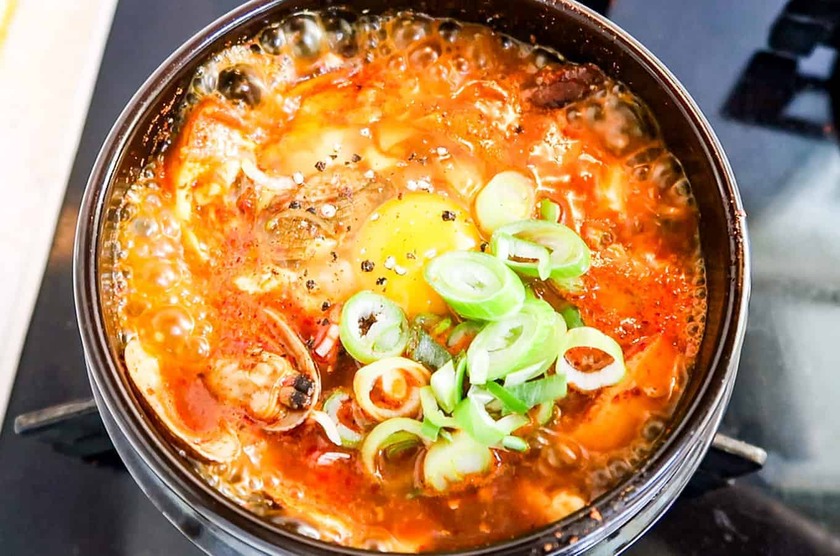
At first glance, you might think this is just a normal soup, but if you try it once, you will definitely never forget it.
Hobakjuk
Hobakjuk, also known as pumpkin porridge, is a simple porridge that is characterized by its rich flavor and creamy texture. It is a very popular dish in Korea, especially in the fall, when pumpkins are mainly harvested. In addition to being easy to find, pumpkin porridge is also loved for its nutritional value, especially for patients and the elderly, as it helps to nourish the body.
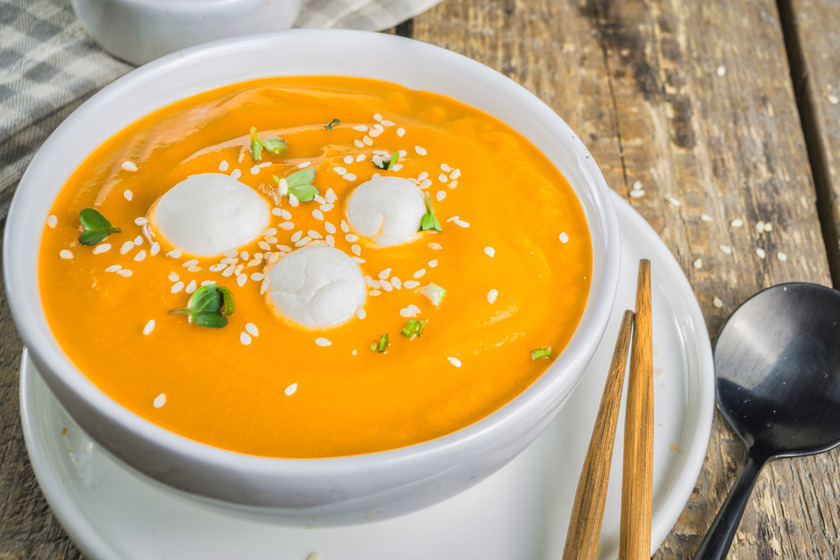
This is a simple porridge but stands out with its rich flavor and creamy texture.
Hoddeok
When it comes to famous Korean dishes in the fall, Hoddeok is a must-mention. Although this is just a rustic dish, it is especially loved by both tourists and locals. This dish uses wheat flour as the main ingredient, with cinnamon powder and brown sugar as the filling, along with other nuts. All of these ingredients are easily found in Korea and the preparation is extremely simple. Special Korean recipes create a unique flavor for Hoddeok, making anyone who enjoys it feel excited.
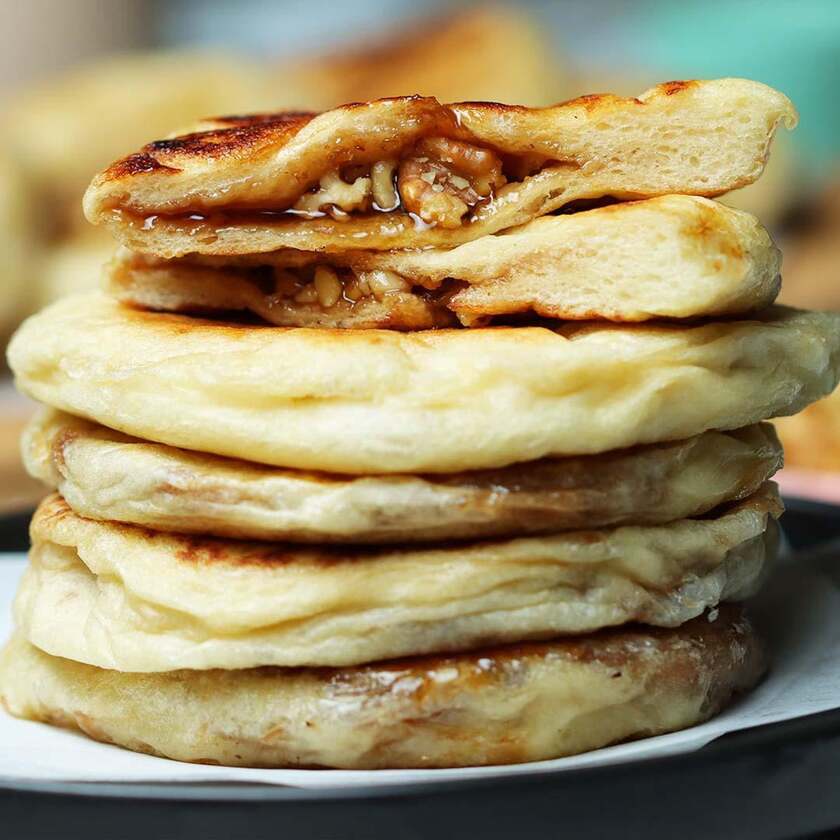
Hoddeok looks like Vietnamese donuts.
Jook Porridge
A unique dish that you should try when coming to Korea in the fall is Jook porridge. This porridge is made from rice, along with mushrooms, pumpkin seeds and chicken. When enjoying it, diners will feel the warm flavor of this specialty porridge. What could be better than enjoying a bowl of hot porridge in the chilly weather of autumn in Korea.

Jook is cooked from many nutritious ingredients.
Persimmon
Persimmon is one of the typical autumn fruits of Korea. Persimmon season in Korea lasts from late September to early November. Many families in suburban and rural areas plant persimmon trees in their gardens, and can then enjoy the ripe fruit from the tree or use them to make wind-dried persimmons. Nowadays, Korean persimmons are industrially processed into products such as canned persimmons, dried persimmons, dried persimmons and persimmon jams, which are often used as popular autumn gifts, especially during the Korean Chuseok (Mid-Autumn Festival).






